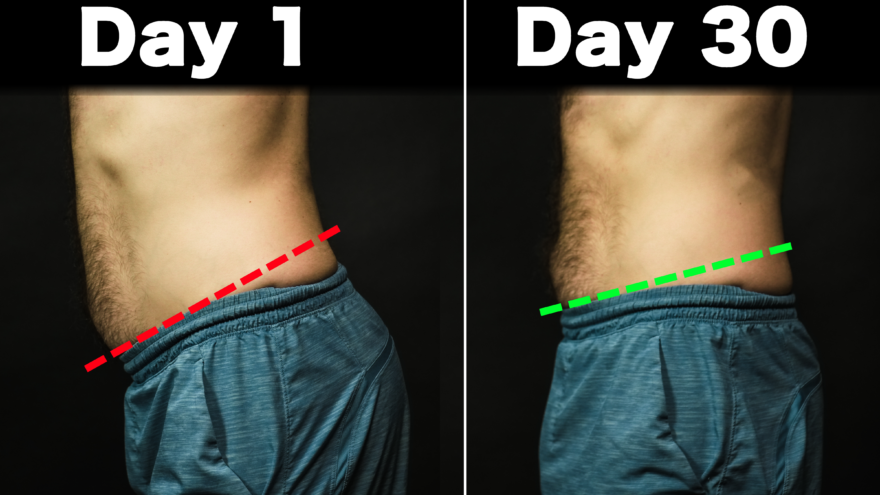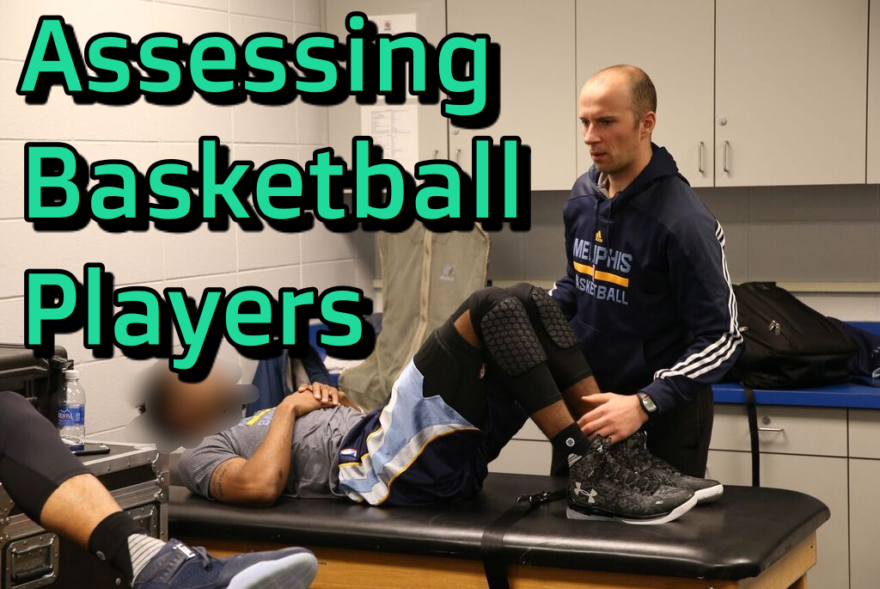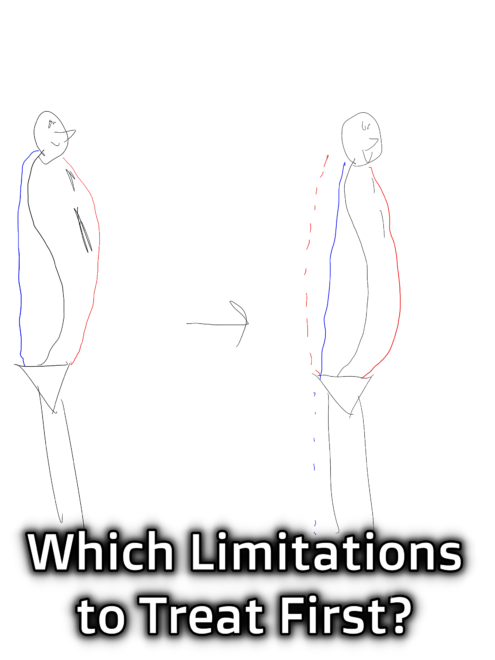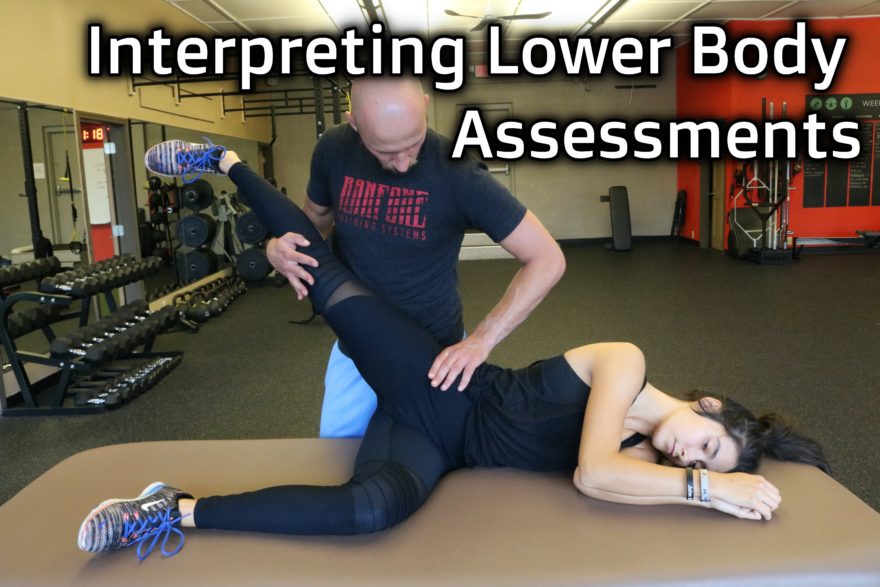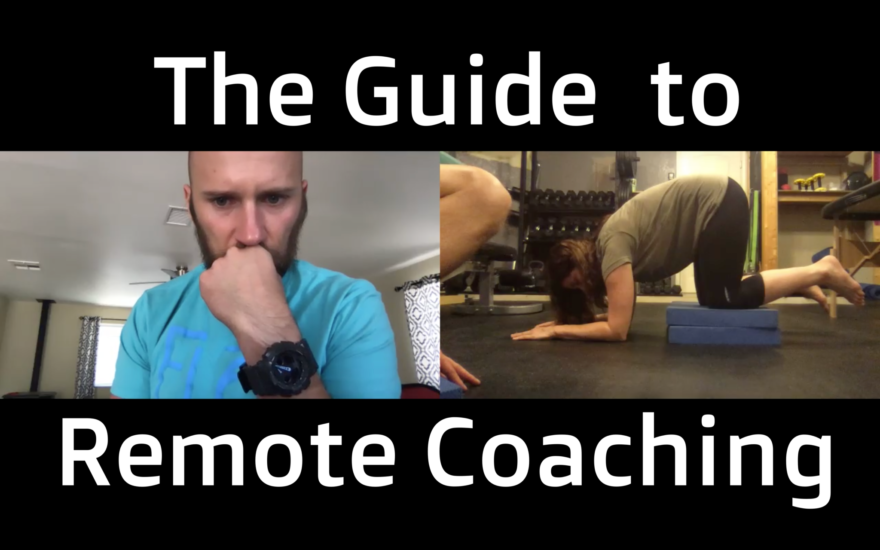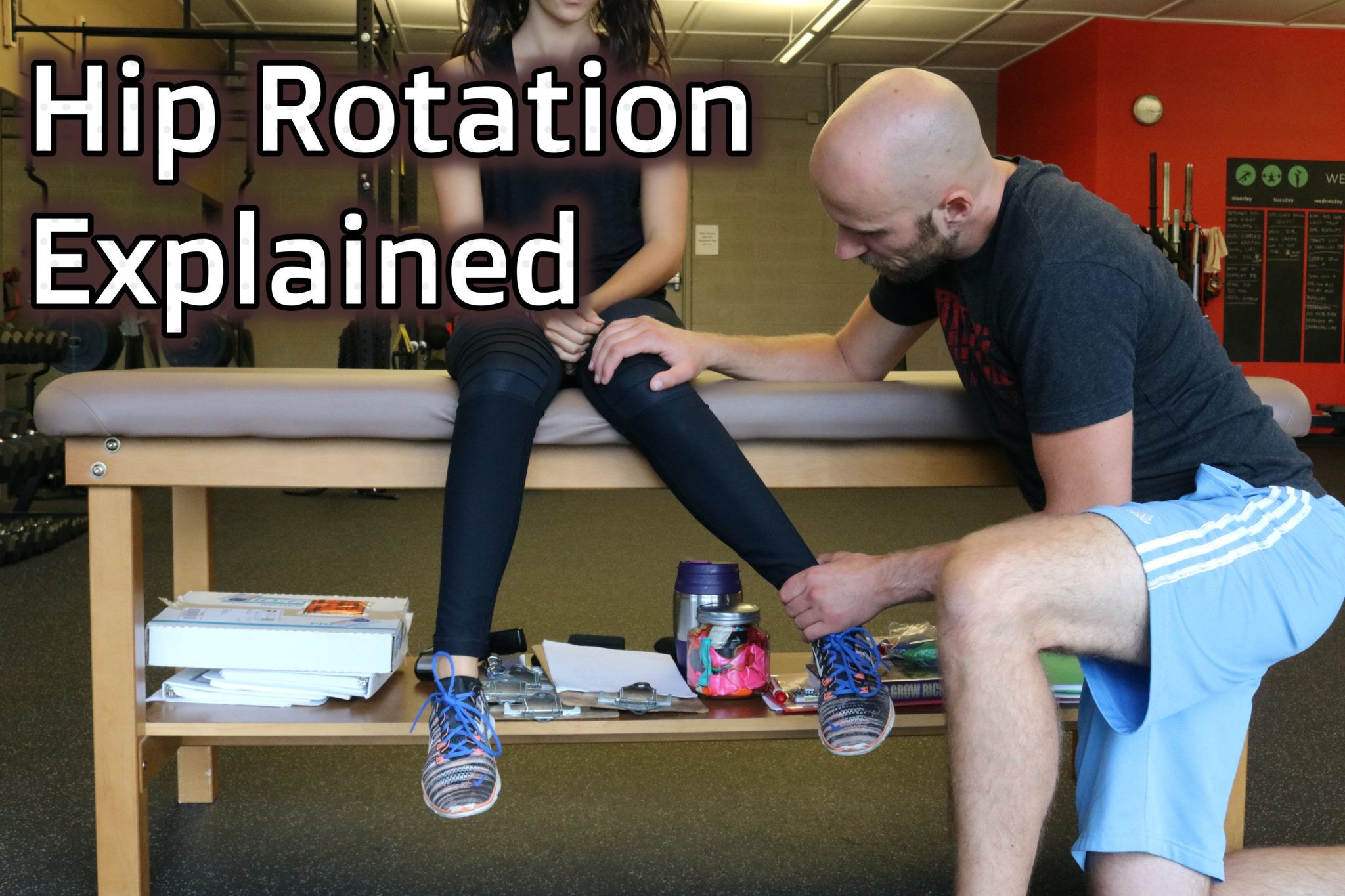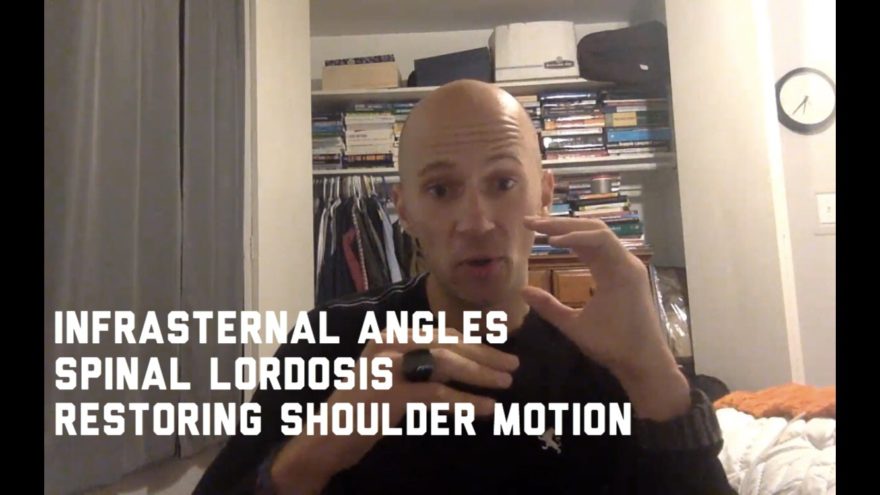Movement Debrief Episode 27 is in the books. Here is a copy of the video and audio for your listening pleasure. Here is the set list: The three types of infrasternal angles Anatomical theories regarding the infrasternal angle Infrasternal angle treatment The different positions of the lumbar spine Restoring lumbar position Restoring cervical spine position My treatment sequence for restoring shoulder motion Which are my favorite hikes If you want to watch these live, add me on Facebook, Instagram, or Youtube. They air every Wednesday at 7:30pm CST. Enjoy. Here were the links I mentioned: Bill Hartman Pre-existent vertebral rotation in the human spine is influenced by body position. Right thoracic curvature in the normal spine Analysis of preexistent vertebral rotation in the normal spine. Effect of changes in pelvic tilt on range of motion to impingement and radiographic parameters of acetabular morphologic characteristics. PRI Craniocervical Mandibular Restoration PRI Vision Here is the exercise I mentioned from Daddy-O Pops for a retracted and elevated scapula. Enhancing Life Method Strength Andy Mccloy Trevor LaSarre Here’s a signup for my newsletter to get a free acute:chronic workload calculator, basketball conditioning program, podcasts, and weekend learning goodies: [yikes-mailchimp form=”1″ submit=”Get learning goodies and more”] Infrasternal Angles Spinal Lordosis Restoring Shoulder Motion
Read More